The 10 Biggest AWS Stories Of 2017
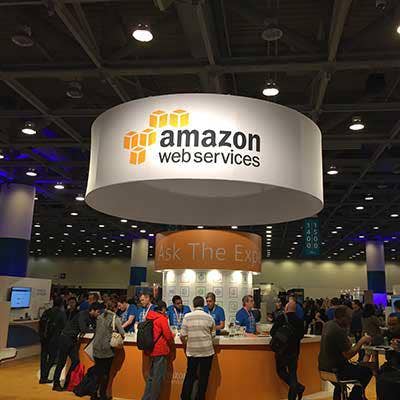
Amazon's World
The world's largest cloud provider didn't cede an inch of dominance over the industry in 2017, fending off determined hyper-scale competitors with an unwavering dedication to innovation while also advancing partnerships reflecting its acceptance of a hybrid cloud world.
Remarkably, AWS stepped up its frenetic pace of development in 2017, and by the end of the year had added about 1,000 new features and services to its cloud platform, including several delivering advanced artificial intelligence capabilities. By the close of the third quarter, AWS revenue remained higher than the next five providers in the market as the division closed in on a $20 billion run rate.
But 2017 wasn't all rosy for the cloud leader.
Early in the year, a massive S3 storage outage wreaked havoc across the Internet. The public relations impact was exacerbated when the cause turned out to be an embarrassing human error. And throughout the year, a series of customers failed to protect sensitive data stored in S3 buckets, resulting in high-profile exposures of private information that, through no fault of Amazon's, still cast a negative light on its cloud.
Get more of CRN's 2017 tech year in review.
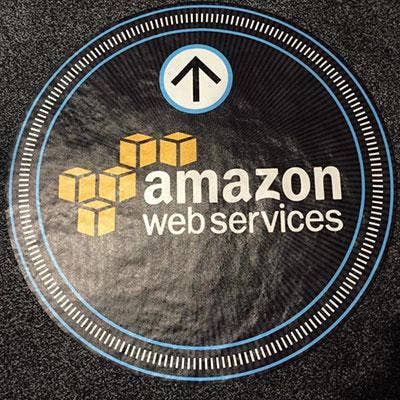
10. Bare-Metal Bonanza
When AWS struck a deal with VMware to jointly build VMware Cloud on AWS, the cloud leader did something it had never done before in its 13-year-history—give another company direct access to its cloud hardware.
Other infrastructure software vendors, as well as companies running applications requiring non-virtualized environments, had long expressed interest in bare-metal servers, but AWS always resisted. The VMware deal, however, set a new precedent. In a late night keynote at the AWS re:Invent conference in November, Peter DeSantis, vice president of Amazon's global infrastructure, introduced a new AWS EC2 bare-metal instance.
Accessing Amazon's cloud infrastructure without relinquishing control of the hypervisor or sharing tenancy could prove attractive to large services and platform companies that want to better optimize their solutions and ease cloud interoperability.
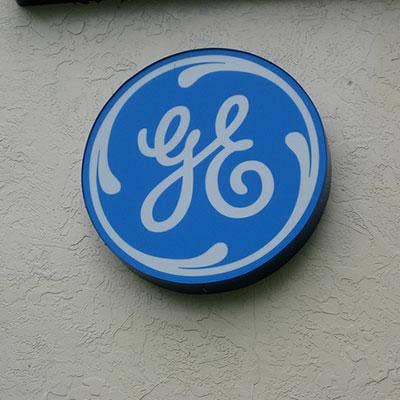
9. GE Preferred
General Electric in October conferred on AWS the official designation of "preferred cloud provider."
While the industrial giant had long been a notable customer, the "preferred" designation telegraphed an even stronger commitment to AWS in lieu of maintaining its own data centers or leveraging other hyper-scale providers.
GE CTO Chris Drumgoole said AWS would help the company "refocus" its resources on innovation.
GE began moving its enterprise applications to the cloud in 2014, and more than 2,000 applications have already migrated to public infrastructure from various business units, including GE Power, GE Aviation, GE Healthcare, GE Transportation and GE Digital.
GE will migrate thousands more as it looks to leverage AWS' analytics and machine learning services.

8. Whole Foods Highlights Brand Conflicts
While Amazon's acquisition of an organic grocery chain wouldn't seem to have direct implications on its cloud business, this summer's $13.7 billion deal for Whole Foods exacerbated a long-simmering source of tension.
Walmart and other retail competitors of the e-commerce giant, even before the Whole Foods acquisition, were growing increasingly hostile to technology vendors using AWS resources. The Whole Foods deal added to those ranks nearly all the major grocers. AWS partners unaware of those dynamics, and the need to tiptoe around potential conflicts risked losing customers.
Amazon’s competitors steering supply chains to preferred cloud vendors will become more prevalent in the industry, and more fraught for partners, as Amazon continues horizontally integrating its business.
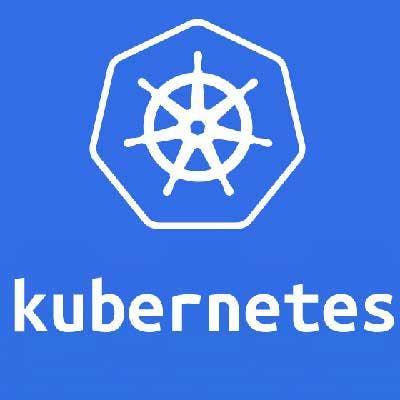
7. Kubernetes At Last
AWS was an early cloud to offer a managed Docker container service when it debuted Elastic Container Service (ECS) at its re:Invent conference in 2014. But in 2017, the cloud leader could no longer ignore the dominant position the Kubernetes orchestration platform first developed at Google -- a rival technology -- had secured in the market.
With all its major competitors, especially Microsoft Azure, going all-in on Kubernetes, AWS finally introduced its own managed Kubernetes service, EKS, at the company's re:Invent conference in November.
"When we launched ECS, there was no broadly accepted orchestration system for containers," AWS CEO Andy Jassy told re:Invent attendees. That changed over the last 18 months, he added.

6. Intelligence
With artificial intelligence becoming a major battlefront in the cloud wars, AWS stepped up its game in 2017 to confront challenges from Microsoft, Google and IBM.
AWS looked to extend the technology to more users with a range of audio and visual capabilities powered by its machine learning engine.
"How do we turn machine learning into a capability of a few, to one many more people can take advantage of?" asked AWS CEO Andy Jassy at the re:Invent conference. "The hype and the hope here is tremendous."
In April, AWS introduced Polly, a text-to-speech service powered by a deep learning engine, and Rekognition, an image recognition service. In November, the offerings expanded with AWS DeepLens, a wireless video camera integrated with deep learning hardware and tools, Batch Rekognition Video for real-time video recognition, Amazon Kinesis Video Streams for secure ingestion and storage of videos, Amazon Transcribe for automatic speech recognition, Amazon Translate for artificially intelligent translation of text between languages, and Amazon Comprehend for natural language processing.
Jassy also introduced in his re:Invent keynote SageMaker, a modular service allowing users to build models, train algorithms, and host them in different environments.
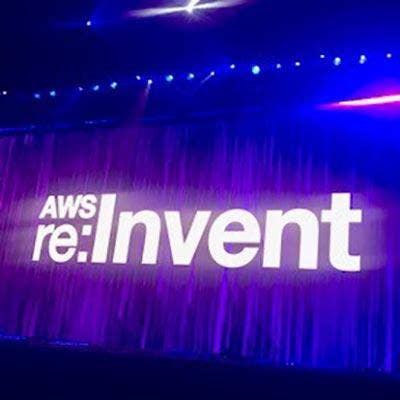
5. Channel Rebrand
At the Global Partner Summit kicking off the re:Invent conference in November, AWS introduced a rebranded channel program while calling partners to action with a slew of new resources.
Channel chief Terry Wise announced that in 2018, the AWS Channel Reseller Program would be known as the AWS Solution Provider Program to better reflect the role of partners.
AWS also introduced a tiered incentive structure within the program to target and highlight partners with specific competencies, such as DevOps and migration.
"Collectively, these new areas are going to give our channel partners the opportunity to substantially expand their profitability of their businesses … It's some very exciting program changes that you have been asking for, for a few years now," Wise told partners.
AWS will keep giving solution providers the resources they need to be successful in not only selling, but building, migrating, and managing AWS environments for their customers, Wise explained.

4. Storage Security Lapses
A rash of data-protection mishaps involving AWS S3 storage buckets throughout 2017 shined a negative spotlight on cloud security. For some reason, cloud administrators from several reputable firms failed to place controls barring public access to storage, leaving sensitive user data accessible over the Internet to anyone who could find it.
The string of high-profile incidents exposed personal data of veterans, Republican voters, wrestling fans and Verizon customers. AWS ultimately responded by e-mailing a direct warning to partners and customers with vulnerable S3 buckets, urging them to examine those drives and verify they were properly configured.
UpGuard, a cyber-risk researcher, brought to light many of the exposures, including one involving SI giant Accenture in October. The Verizon exposure affecting more than 14 million customers was attributed to third-party vendor Nice Systems, a company that counts 85 companies in the Fortune 100 as customers and offers its own security solutions.
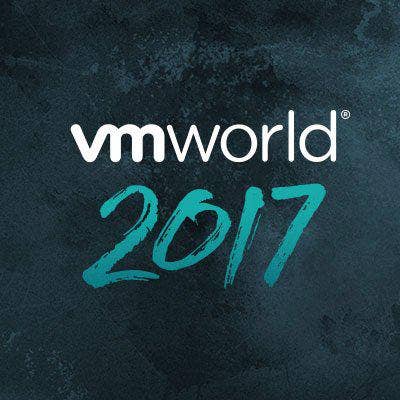
3. VMware Cloud on AWS Hits The Market
As development continued throughout 2017 on the joint hybrid cloud effort between AWS and VMware, partners in both companies' channels harbored concerns about the project's viability and impact on their practices.
The hybrid service finally hit the market (in a limited release) during the VMworld conference at the end of August.
The full repercussions on the two companies, the industry, and the channel of the partnership between the world's largest public and private cloud vendors still remain to be seen. While partners say the price sheet finally revealed to them stacks up well to competitive offerings, the structure of the channel program, including partner compensation model, won't be revealed until early next year.

2. A Shocking Outage
An AWS outage in February became a negative news story that transcended the tech world, leaving the public cloud with a black eye.
The failure was set off by an AWS engineer who accidentally typed a command incorrectly while trying to debug an S3 storage system in the provider's Virginia data center.
While the engineer was using "an established playbook" for pulling down a small number of servers hosting billing subsystems, the accidental command resulted in a far broader swath of servers being taken offline, including one subsystem necessary to serve specific requests for data storage functions and another allocating new storage.
Major Internet properties immediately fell dark, including enterprise platforms like Slack, Quora, Trello, GitHub, Zendesk, Heroku, Twilio, Mailchimp, Citrix and Expedia.
The four-hour outage from a provider that owns roughly a third of the global cloud market reignited the debate on the risks of public cloud.

1. The Next 5
Amazon's first-mover advantage led to the early domination of the public cloud market. However, with heavyweight competitors gunning for its crown, it looked inevitable that the combined might of Microsoft, Google, IBM and many others would eventually, if not knock AWS out of the lead, at least level the market.
Despite the best efforts of those cloud contenders amid astonishing industry growth and a near-constant pace of disruption, Amazon Web Services closed out the year still way ahead of the pack.
AWS quarterly revenue at the close of Q3 remained higher than the next five providers combined.
The cloud kingpin should soon crack a $20 billion run rate. No one else is even close.